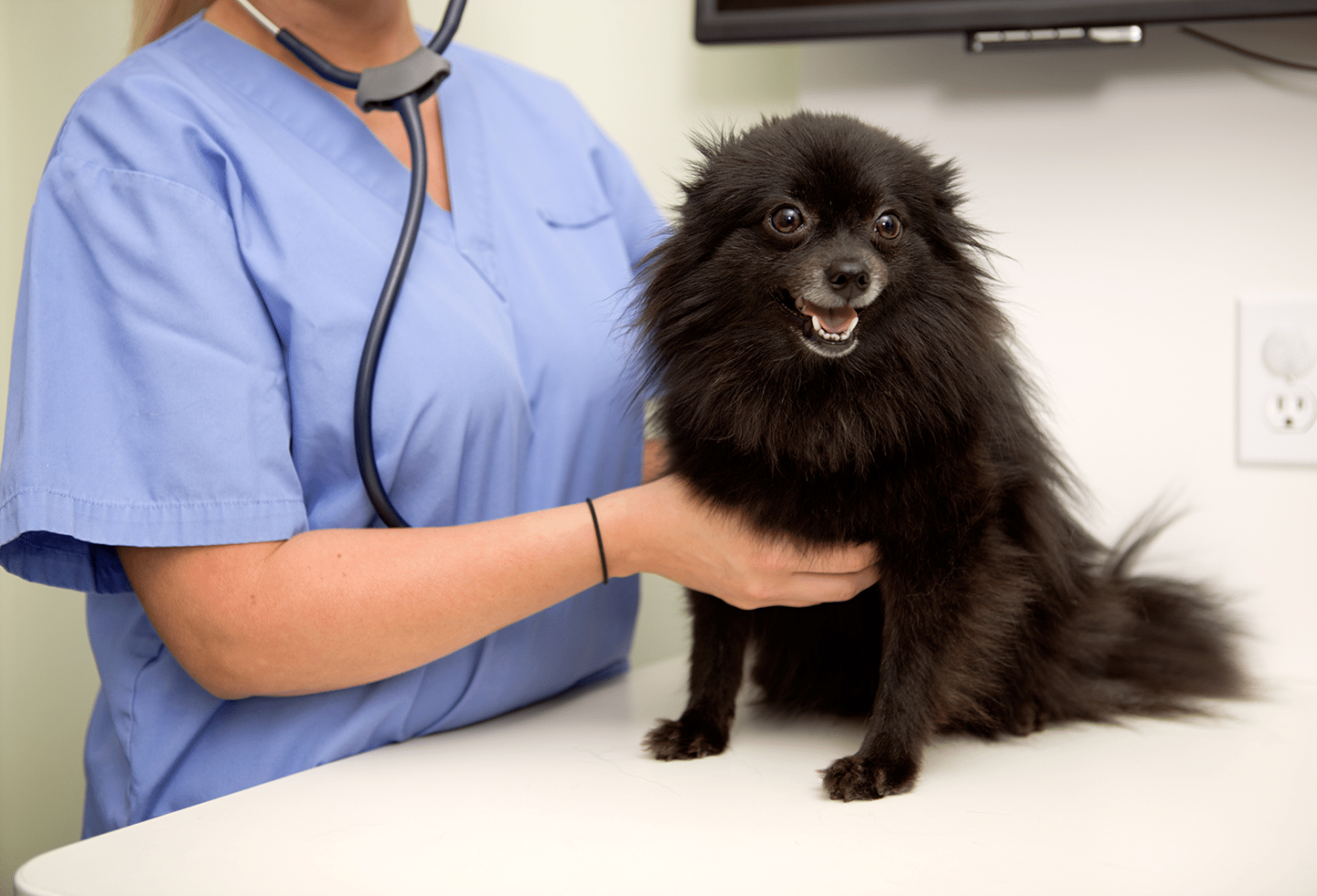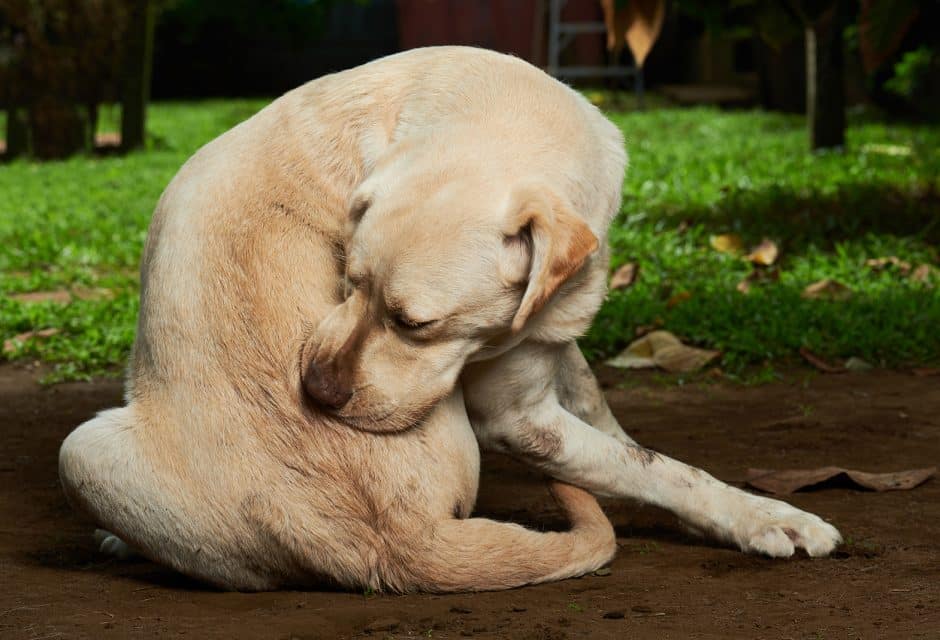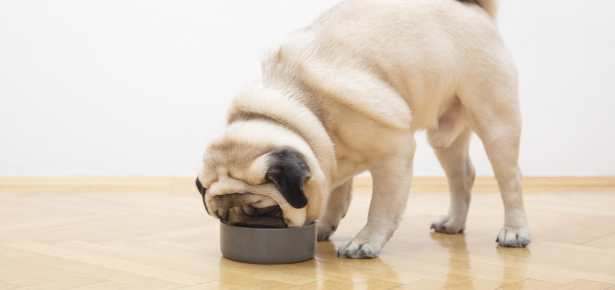

Mammary Tumors In Dogs
Did you know mammary tumors are the most common type of tumor seen in intact female dogs?
Many of us know someone affected by cancer. Unfortunately, cancer in the mammary glands (similar to breast cancer in humans) can also occur in both male and female dogs. In fact, mammary tumors are the most common type of tumor seen in intact (not spayed) female dogs.
Dr. Brandan Wustefeld-Janssens, assistant professor of surgical oncology at the Texas A&M College of Veterinary Medicine & Biomedical Sciences (CVM), described some of the clinical signs of mammary tumors in dogs.
“The most common clinical finding is a firm, non-painful nodule associated with the mammary chain,” Wustefeld-Janssens said. “These nodules can range from very small to very large and may grow fast. Continued growth of bigger tumors can lead to the skin overlying the tumor to become thinned, which can cause the skin to ulcerate, bleed, and become infected.”
Tumors may also be swollen, hot, and painful to the touch.
However, only about 50 percent of mammary tumors are cancerous, with a majority of these cases being carcinoma (arising from the lining of the ducts in the mammary gland), Wustefeld-Janssens said.
Luckily, you can take preventative action to help lower your pup’s risk of developing a mammary tumor.
Dr. Heather Wilson-Robles, associate professor of oncology at the CVM, said that spaying or neutering your pet before they have their first or second reproductive season is the most effective way of preventing mammary tumors in dogs. Regular checkups at the veterinarian is also a good way to protect your pet.
“Yearly physical examinations of both male and female animals should include careful palpation of the mammary chains,” Wilson-Robles said. “Any nodule should be further investigated; often, this would include some form of biopsy. We strongly recommend against a ‘wait-and-see’ approach—any mammary tumor that is growing rapidly or is swollen, hot, or painful should be seen by a veterinarian as soon as possible.”
The chances of a tumor being cancerous increases with age, so pay special attention to any abnormalities in your older pup’s mammary glands.
If your dog does develop a tumor, surgery is the standard of care for mammary tumors. In cases where there is high risk of tumors reoccurring or spreading, radiation and chemotherapy may be used for treatment.
We can’t control the development of cancer, but we can learn the signs and symptoms of the disease and report any abnormalities to a veterinarian. Additionally, pet owners can help prevent mammary tumors by considering spaying and neutering their dog.
Join the newsletter and never miss out on dog content again!
"*" indicates required fields
By clicking the arrow, you agree to our web Terms of Use and Privacy & Cookie Policy. Easy unsubscribe links are provided in every email.





